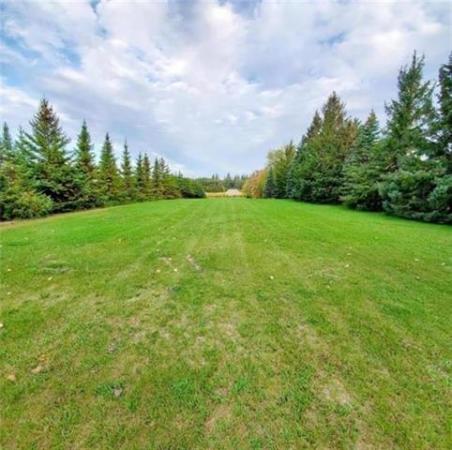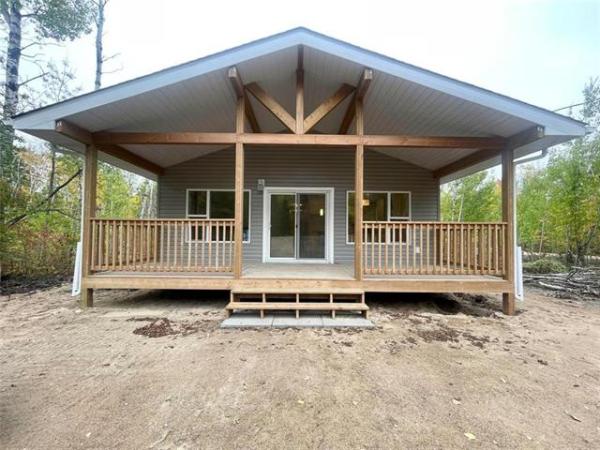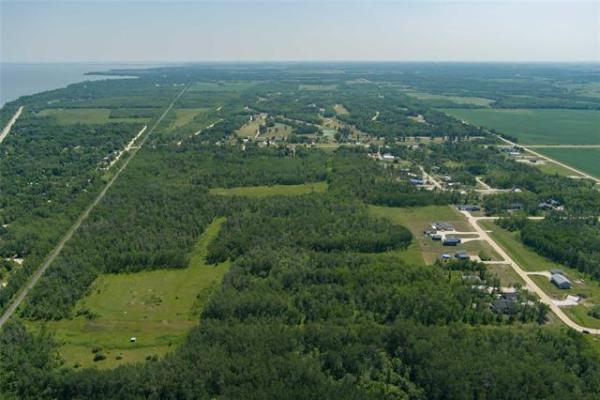QUESTION: My brother-in-law has a situation with one of his decorative house brackets. At the front of his house, built in 1930, he has three of these decorative brackets. Upon these he attached a top piece of wood to act as a shelf for placing condiments when he barbecues. A friend mistakenly sat on the top of the shelf and pulled one of the brackets away from the house wall. There appear to be no hole plugs on the front of the decorative bracket to indicate it is attached to the house wall structure using a wood screw or lag screw from the outside.
Would you know if these brackets would be attached from inside the house behind the wood lath to anchor them in place? Would applying construction adhesive and then bracing the bracket back up against the house until the adhesive dries be a way to attach the bracket back in its original position?
Your thoughts as to how to repair this situation would be very much appreciated. Thanks, Greg W.
ANSWER: The wooden brackets on the house wall are not structural and likely installed just to provide an esthetic or slightly practical component to the exterior. Securing the loose one back in place may be done with various methods, but using modern fasteners will be required to make the job relatively easy and long-lasting.
The fairly large wooden bracket installed on the exterior wall of the house in question may have been installed just to break up the flat surface of the wall it is secured to. These can often be painted a contrasting colour to the wall, to add even more of an esthetic nuance to the exterior surface. Sometimes these brackets were installed to hold a small shelf, as in this case, which would often be used to support seasonal planters. Over time the original shelf or wooden planter may have rotted, but the larger support brackets could have survived. This is likely due to their size, protection from direct moisture by the shelf, or good maintenance. Using the shelf to put light tools or other grilling accessories on may be a good idea.
Because these brackets were normally used in a very light-duty application, the need for good fastening was limited. It would not make sense to try and support these by attaching to the wall structure, other than through the sheathed exterior wall. Installing anything on the interior of the wall for support would require major forethought and would cause another dilemma. Sealing around any kind of fastener or support sticking completely through the exterior wall would be difficult. If it was a metal fastener, cold and heat would be conducted through the exterior wall, leading to condensation. This would certainly cause premature deterioration, but also an opening for moisture intrusion where the wall had been penetrated. There may be an old nail or lag screw that was originally installed from the inside of the outer wood sheathing, but that would no longer be in satisfactory condition if the block came loose.
To be sure about the exact method of installation, the loose bracket may have to be completely removed to inspect the wall behind. This should give an idea of how it was initially fastened, and also the exact composition of the exterior wall, itself. Because of the age of the house, and the siding apparently being traditional stucco, it is likely that the bracket was installed before the finish coat of the stucco was applied. If finished stucco is seen behind the bracket when removed, then it really had limited support to begin with.
From outside to inside, the composition of the exterior wall of a home of that age is normally stucco top coat, stucco scratch coat with embedded wire, building paper, wood plank or shiplap sheathing, then fir wall studs. If this is what is discovered, then re-securing the loose bracket should be fairly straight-forward.
While it may be possible to secure the bracket using some form of adhesive, as you have suggested, that method may have a very limited lifespan. Most adhesives are only as good as the surfaces they are securing. If the bracket is not in perfect shape on the side facing the wall, or there is slightly crumbling stucco or exposed sheathing on the other surface, adhesion will be temporary. Especially since this is outside, where seasonal temperature variations can be extreme and water penetration is likely, gluing it back in place will not last. Securing it with modern fasteners will be a better solution.
As long as the homeowner has a good quality drill, and some basic maintenance skills, re-securing the bracket should not be difficult. This may require both standard drill bits and a masonry bit if there is stucco behind the block. First, pre-drilling pilot holes slightly larger than the diameter of long wood screws should be done at an angle through both the top and bottom of the bracket. Once complete, the bracket should be held in place and smaller pilot holes drilled into the sheathing through the other pilot holes. If there is stucco behind the bracket, this is where the masonry bit comes into play. After that step, the block can now be secured to the wood sheathing by inserting the long screws in the pilot holes and installing the fasteners with the appropriate drill bit. A slightly larger hole may be made in the surface of the bracket to hide the head of the screw or it may just be countersunk below the surface by applying a little extra pressure when installing. If the wall sheathing is not that solid, additional fasteners could be added to the sides of the bracket in the same manner, to ensure none easily come loose when the shelf is once again used.
The wooden shelf support that pulled away from the wall is likely secured from the exterior, or from the inside of the sheathing, and putting it back in place should be relatively easy. Using a few long screws, a common electric or cordless drill, and few different bits should be enough to ensure that it is properly reattached and will safely remain so for a good length of time.
Ari Marantz is the owner of Trained Eye Home Inspection Ltd. and the past president of the Canadian Association of Home & Property Inspectors — Manitoba (cahpi.mb.ca). Questions can be emailed to the address below. Ari can be reached at 204-291-5358 or check out his website at trainedeye.ca.
trainedeye@iname.com



